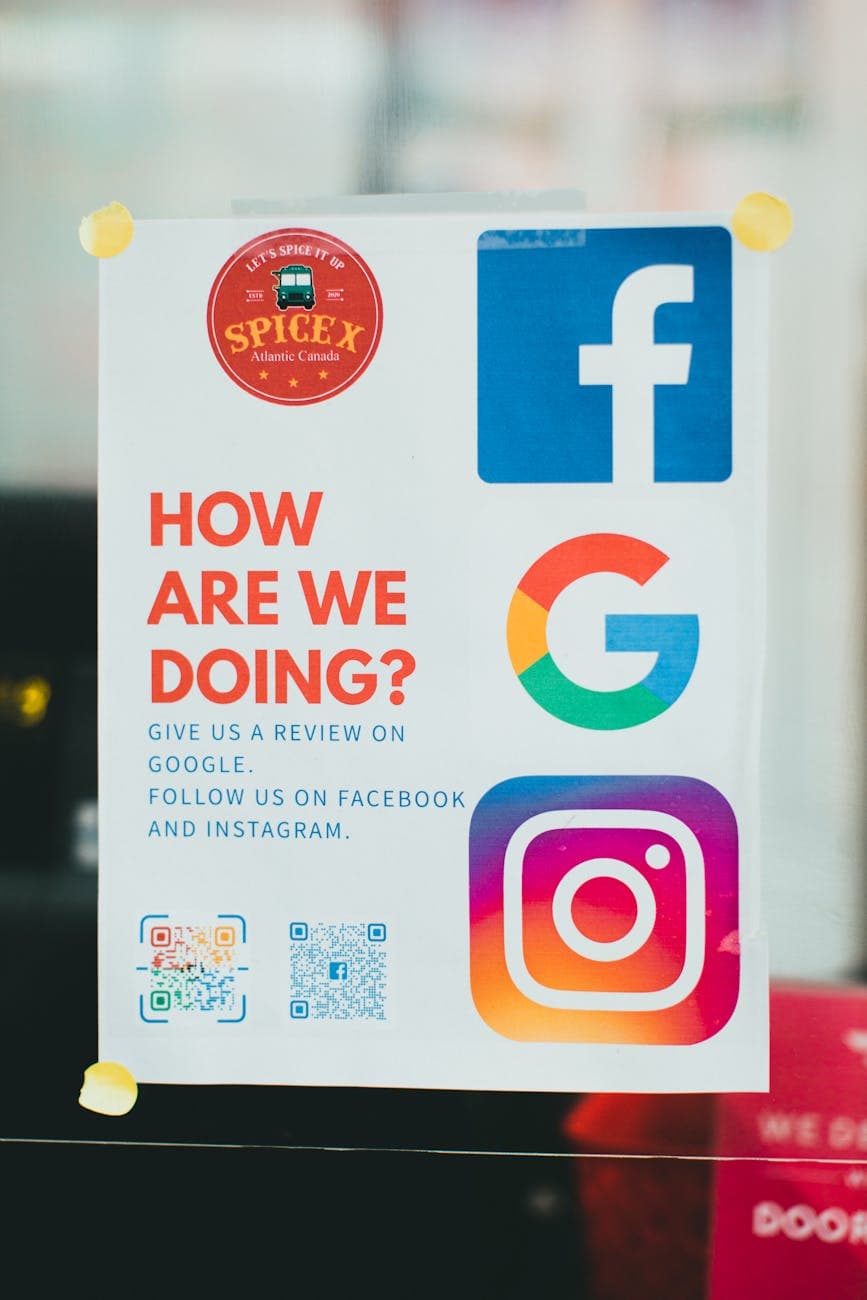How SaaS Review Platforms Are Reshaping the Customer Feedback Loop

In the relentless race of SaaS innovation, one critical element often separates those who merely keep pace from those shaping the future: the mastery of the customer feedback loop. While SaaS enterprises have long prided themselves on agility, the proliferation of reviews, user commentary, and community engagement opportunities has shifted customer voice from background chatter to a strategic imperative. Today, creating a proactive customer feedback loop is not a luxury, but an existential necessity, and SaaS Review platforms have emerged as the nexus for this vital evolution.
For too long, the cycle of product improvement followed an insular script. Engineers built features. Product managers guessed at priorities. Sales teams relayed anecdotes. Only after a product launch, sometimes months or years afterward, would customers vent their frustrations or offer suggestions, often in forums that were hard for product teams to systematically assess. It was a reactive model, shaped more by crisis triage than real partnership.
Enter SaaS Review platforms: public (G2, Capterra, Trustpilot) and private (Delighted, UserVoice, Pendo) digital spaces purpose-built for collecting, analyzing, and iterating on real-time customer feedback. No longer is the product roadmap a black box. Customers now expect their input to be solicited, considered, and, where possible, directly reflected in a product’s evolution. For SaaS companies, this shift presents both a daunting challenge and a golden opportunity.
The shift is evident in the numbers. Bessemer Venture Partners estimates that in the last five years, the average time to actionable product feedback has dropped by 60 percent, largely thanks to the integration of SaaS Review workflows. Companies leveraging these platforms see higher retention rates and shorter cycles from insight to implementation. But numbers only tell part of the story. What truly marks the modern SaaS era is how the feedback loop is reshaping company culture itself.
A proactive feedback loop begins not merely with listening, but with asking, purposefully, humbly, and transparently. This spirit runs counter to the bravado that long characterized Silicon Valley. Instead of assuming product-market fit, companies now co-design alongside their users, embedding micro-surveys, feedback buttons, and even public forums directly into the customer journey.
The platformization of feedback means that suggestions become trackable, trends become visible, and outliers surface for scrutiny. Teams can now filter, tag, and prioritize feature requests at scale. More importantly, the same platforms empower product managers to close the loop, publicly acknowledging input, explaining decisions, and communicating timelines. Customers are no longer shouting into the void. They are valued participants in the innovation process.
Yet, this democratization of the roadmap is not without its perils. The sheer volume and velocity of feedback can overwhelm even well-resourced teams. Choosing which requests to address, which bugs to squash, and which feature ideas align with strategic vision can turn into a high-stakes balancing act. Furthermore, not all feedback is constructive. Anecdotal complaints can mask systemic opportunities, and the loudest voices do not always represent the broader user base.
To separate the signal from the noise, leading SaaS companies invest heavily in data-driven methods. Natural language processing, sentiment analysis, and integration with customer analytics platforms enable teams to make sense of sprawling user input. For example, a spike in negative reviews following a UI change can be cross-referenced with churn data and support tickets to triangulate the underlying issue. The best companies approach this challenge not as a filtering task, but as an act of synthesis, finding patterns that illuminate not just what customers say, but what they genuinely need.
There is also a subtler, psychological dimension to managing feedback. As customers see their suggestions addressed, or even acknowledged, their sense of loyalty deepens. This is the famous “IKEA effect” in action: users imbue greater value in something they helped shape. SaaS companies that thoughtfully cultivate this dynamic enjoy not only a stickier product, but also a cadre of evangelists who amplify the brand. Conversely, visible disregard for feedback, real or perceived, can swiftly erode goodwill.
The opportunity, therefore, is not simply continuous improvement, it is the creation of a partnership ethos. The most successful SaaS platforms do not treat feedback as a necessary evil, but as an ongoing dialogue. This is exemplified by Atlassian’s open Jira issue tracker, where users vote on backlog items and the company responds candidly about priorities and trade-offs. Or consider Notion, whose rapid-fire feature launches are often directly attributable to user requests, creating a palpable sense of community-powered momentum.
Of course, transparency has its limits. There are times when strategic priorities, security concerns, or technical debt demand that certain feedback be placed on the back burner. Leading companies have learned that honesty here is not only acceptable, but appreciated. Explaining why a much-requested feature cannot be prioritized invites respect, especially when the rationale is thoughtfully articulated. Vagueness, on the other hand, breeds frustration and cynicism.
What lessons emerge for SaaS leaders hoping to master the proactive feedback loop? First, integrate review platforms seamlessly into both product and support workflows. Ensure that someone, ideally, a dedicated team, owns the end-to-end journey from feedback collection to public response. Second, cultivate systems for categorizing and prioritizing suggestions, but reinforce them with mechanisms for closing the loop. Public roadmaps, monthly “you asked, we delivered” updates, or even spotlighting frequent contributors signal that feedback truly matters.
Third, invest in the human element. Algorithms can sort sentiment, but authentic dialogue, through customer advisory boards, user panels, virtual town halls, yields insights that transcend what a five-star rating can convey. Finally, embrace humility. The SaaS world is littered with beautiful products no one asked for. True innovation springs from learning as much as building.
The journey does not end with integrating the latest feedback tool. The real victory is cultural. It is a daily, organization-wide decision to treat customers not as numbers, but as co-authors of the SaaS story. In a market overflowing with choices, the firms that turn feedback into partnership will not only survive, but define the future of software. The frontier is open for those willing to listen, and to act.


